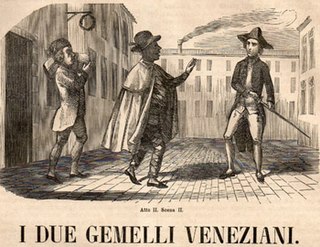
The Venetian Twins is a 1747 play by Carlo Goldoni, based on Plautus's Menaechmi.

Gropello Cairoli is a comune (municipality) with a population of 4,235 in the Province of Pavia in the Italian region of Lombardy. It is located in eastern Lomellina, a short distance from the edge of the terrace that overlooks the Ticino river's floodplain, about 35 km southwest of Milan and about 15 km west of Pavia.
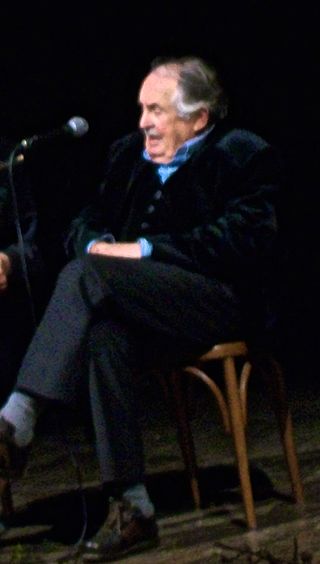
Antonio "Tonino" Guerra was an Italian poet, writer and screenwriter who collaborated with some of the most prominent film directors in the world such as Andrei Tarkovsky, Michelangelo Antonioni, Theo Angelopoulos, and Federico Fellini.
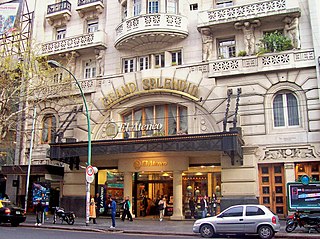
El Ateneo Grand Splendid is a bookshop in Buenos Aires, Argentina. In 2008, The Guardian placed it as the second most beautiful bookshop in the world. In 2019, it was named the "world's most beautiful bookstore" by the National Geographic.
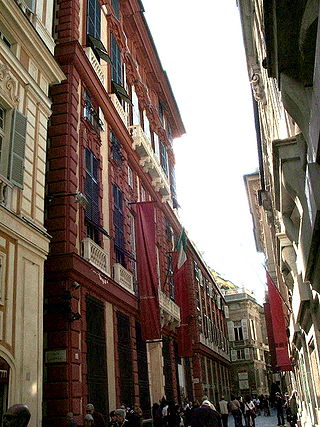
Via Giuseppe Garibaldi is a street in the historical centre of Genoa, in Northwestern Italy, well known for its ancient palaces. It is one of the Strade Nuove built by the Genoese aristocracy during the Renaissance. Since July 2006 it is inscribed in the list of UNESCO World Heritage Site Genoa: the Strade Nuove and the system of the Palazzi dei Rolli.

Genoa: Le Strade Nuove and the system of the Palazzi dei Rolli is a UNESCO World Heritage Site which includes a number of streets and palaces in the center of Genoa, in Northwestern Italy.
Hoepli Editore is an Italian publishing house and bookstore based in Milan founded in 1870 by Swiss-Italian bookseller Ulrico Hoepli. Born in 1847 in the village of Tuttwil, at the age of 23 Hoepli moved to Milan to take over the family's bookshop in Galleria De Cristoforis, a shopping mall built in 1832 between Corso Vittorio Emanuele and Via Monte Napoleone in the centre of the city. Following an urban development plan, the gallery was demolished in 1931 and replaced by new buildings where the Hoepli bookshop was given a spot in the same area where it was originally located. Over the years, Hoepli significantly expanded its premises. With over 500,000 book titles spread over six floors, Hoepli has established itself as one of Europe's largest bookstores. Both the store and the publishing house are still owned by the Hoepli family.
The 2009–10 season was the 108th season of competitive football in Italy.

Giovanni Passannante was an Italian anarchist who attempted to assassinate king Umberto I of Italy, the first attempt against Savoy monarchy since its origins. Originally condemned to death, his sentence was later commuted to life imprisonment. The conditions of his imprisonment drove him insane and have been denounced as inhumane.
Mike Bozzi is an American mastering engineer at Bernie Grundman Mastering in Hollywood, California. He won a Grammy Award for Record of the Year for mastering Childish Gambino's "This Is America", and is a six-time nominee for the Grammy Award for Album of the Year for his works with Kendrick Lamar and Marwan Pablo and also a six-time nominee for Record of the Year.

The Man Who Wagged His Tail is a 1957 Spanish-Italian fantasy-comedy film directed by Ladislao Vajda.
Tonino Nardi was an Italian film cinematographer.

The Bookshop is a 2017 drama film written and directed by Isabel Coixet, based on the 1978 novel of the same name by Penelope Fitzgerald, in which the lead character attempts against opposition to open a bookshop in the coastal town of Hardborough, Suffolk. Shooting took place in Portaferry and Strangford, County Down, Northern Ireland and in Barcelona during August and September 2016.
Italy is the home of two of the world's biggest publishers of books in terms of revenue: Messaggerie Italiane and Mondadori Libri. Other large publishers include De Agostini Editore, Feltrinelli and the RCS MediaGroup.

Via Balbi is a street in the historical centre of Genoa, in Northwestern Italy, named after the aristocratic Genoese Balbi family. It is one of the Strade Nuove built by the Genoese aristocracy during the Renaissance. Since July 2006 it is inscribed in the list of UNESCO World Heritage Site Genoa: the Strade Nuove and the system of the Palazzi dei Rolli.

Via Cairoli is a street in the historical centre of Genoa, in North-western Italy, named after the 10th Prime Minister of Italy Benedetto Cairoli (1825-1889). Built in the 18th century as “Strada Nuovissima”, it is one of the Strade Nuove inscribed in July 2006 in the list of UNESCO World Heritage Site Genoa: the Strade Nuove and the system of the Palazzi dei Rolli.
Bozzi is an Italian surname.
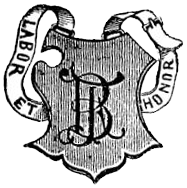
Fratelli Bocca Editori was an Italian publishing house. Their activity as printers in Piedmont dates back to the first decades of the 18th century. The business ceased in Milan in the 1950s.













